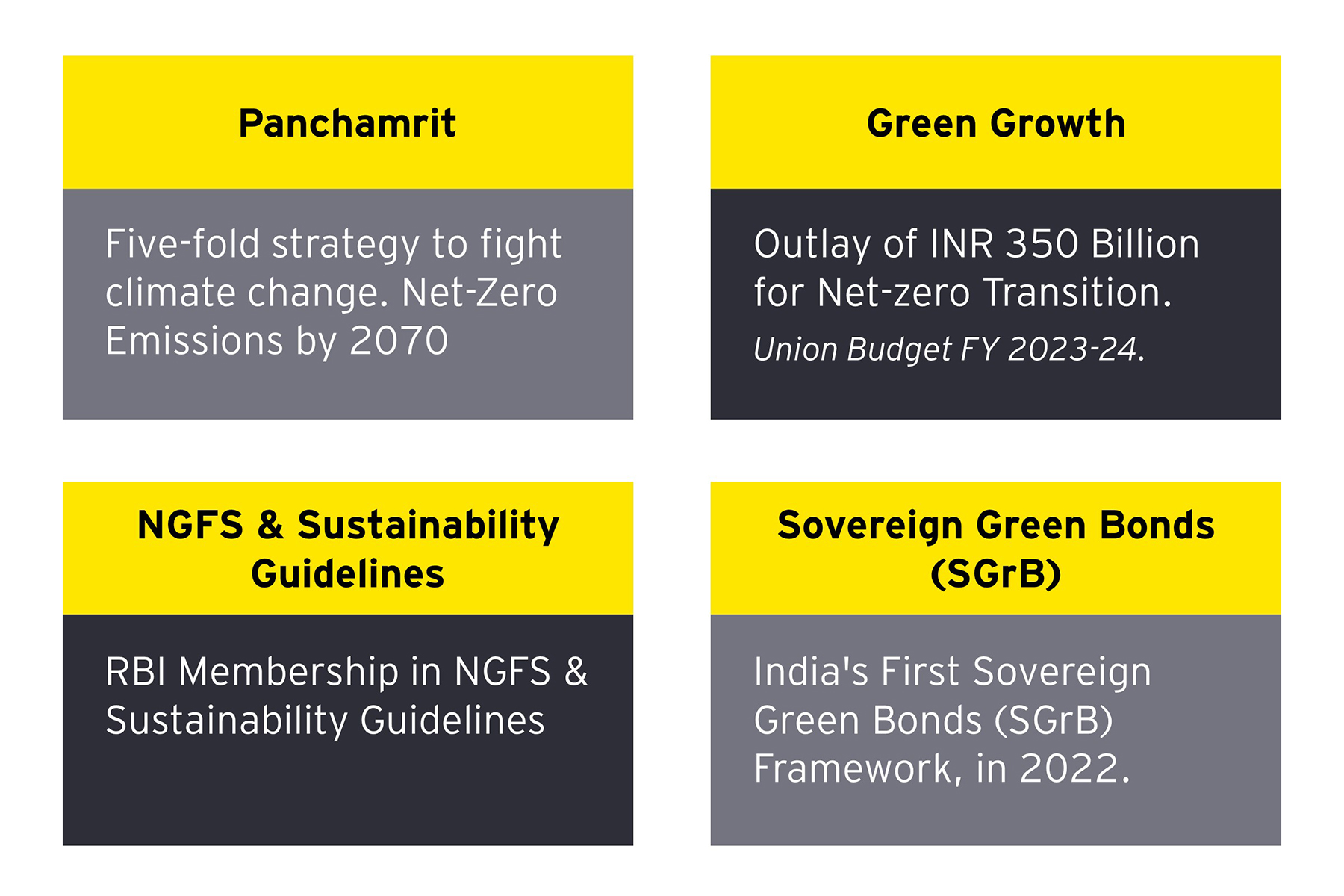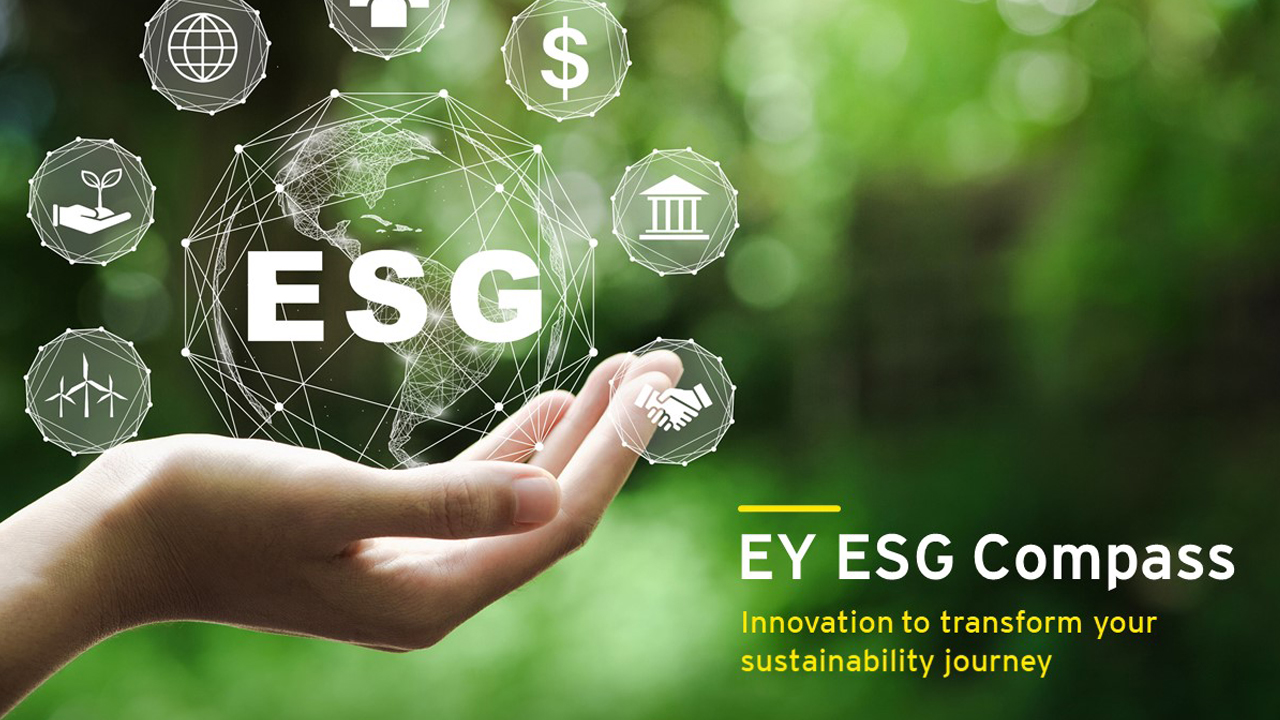Embracing renewable energy: a cornerstone of our strategy
Embracing renewable energy resources will play a crucial part in the development of India’s sustainable strategy. With pride, we stand as the world's third-largest producer of renewable energy, with 42% of our installed capacity sourced from clean and sustainable options. The nation’s goal of producing 500 GW renewable energy capacity by 2030 will unlock 80% of power capacity additions from renewable sources. Notably, Government of India’s push for green hydrogen through the "National Green Hydrogen Policy" exemplifies the country’s determination to promote low-emission fuels. The increasing investments in renewable energy, reaching a record US$14.5 billion in FY 2021-22, also demonstrate India’s unwavering commitment to a greener energy future.
Cultivating sustainable agriculture: a pivotal role in India’s economic landscape
Sustainable agriculture practices are critical to nurture food security and ecological balance in India. Addressing challenges, such as fragmented landholdings and over-reliance on monsoons, requires adoption of climate-resilient agriculture. By promoting investments in sustainable agriculture, India can secure a nutritious diet for its burgeoning population by 2047. The influx of impact investments into the agriculture sector, approximating US$846 million, underscores the industry's willingness to integrate sustainability and climate-friendly practices into its core.
Logistics transformation: essential for a greener tomorrow
As India marches toward becoming a US$26 trillion economy by 2048, the transportation and logistics sector presents both opportunities and challenges. To combat the sector's significant contribution to CO2 emissions, the government must take decisive measures to achieve net zero targets by 2050. With freight transportation heavily reliant on fossil fuels, adopting cleaner alternatives and optimizing logistics processes is imperative. Encouragingly, sustainable transportation financing is witnessing remarkable progress through the collaborative efforts of the government, financial institutions, international partners, and the private sector.
As cities like Pune dedicate substantial budgets to support sustainable transport projects, such as Bus Rapid Transit Systems (BRTS) and green fuel initiatives, the transformational journey toward green logistics gains momentum.





